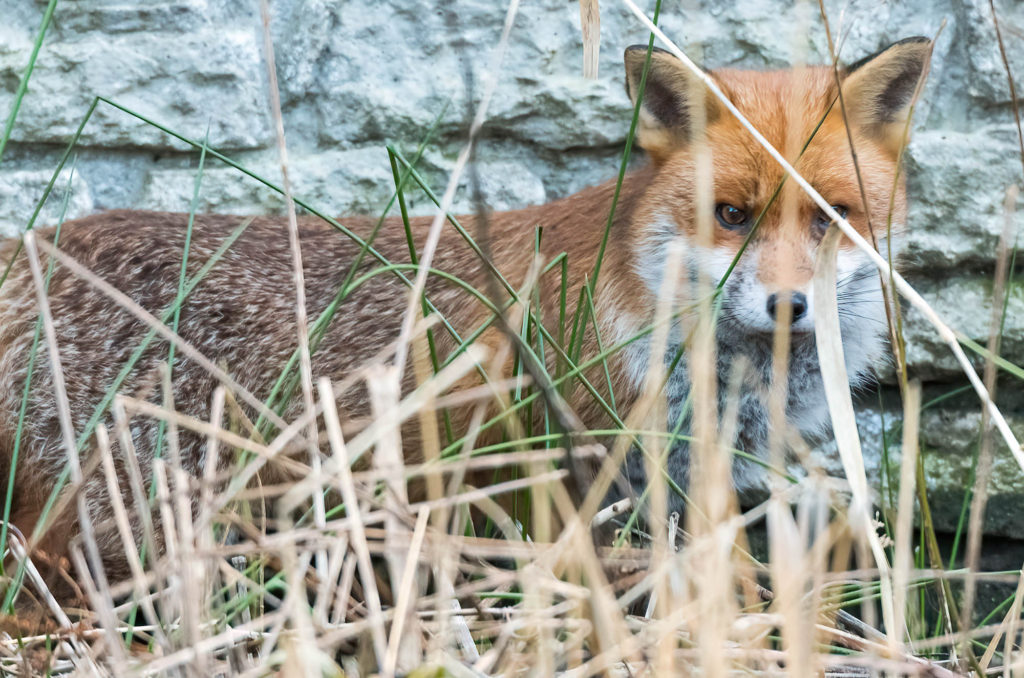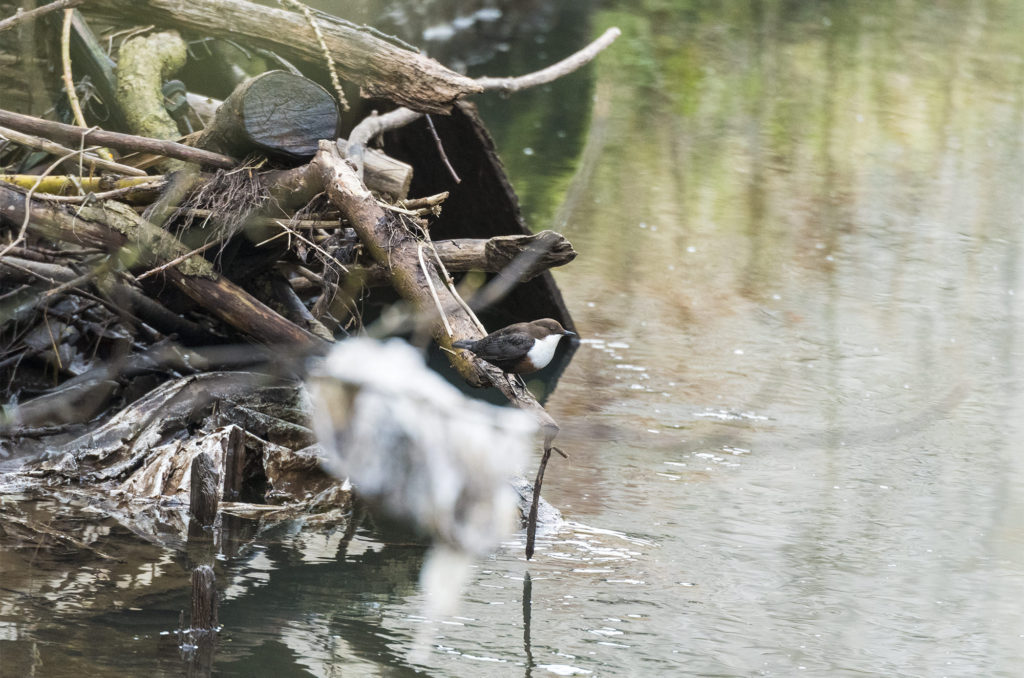I have a persistent personality. Just ask my parents how many times a day I begged them for a pony. So, it is maybe surprising how quickly I gave up on my local patch as a place to connect with nature and an opportunity for progressing my wildlife photography.
I began taking my daily walks through the local park when I started working from home during the first lockdown. I never took my camera and rarely picked up my binoculars. After a few unproductive walks, I knew that there would be nothing of note to see and, besides, it was the exercise that I needed.
I guess it was the long-tailed tits that opened up my eyes to the potential of this previously uninspiring vista. At the start of winter, a flock of them appeared from nowhere. Their excited calls punctuated my consciousness and slowed my pace. I obsessed about spotting these flying teaspoons as they moved through the tree canopy. My camera became a regular companion on any days where there was a chance of decent light.
I got to know these birds, and they introduced me to others. I searched for the long-tailed tits, but spotted the majestic goosanders sailing down the burn – a small river that I was convinced was only home to bickering mallards. I went out to photograph the goosanders and found the incomprehensibly small goldcrest picking through the lichen on the trees that line the burn. With most vegetation bare, I saw much further than I had before. My vision had cleared.
On one recent stroll, I had my most exciting introduction yet. It was a freezing mid-morning wander, the kind that leads to numb fingers and a longing for hot chocolate. Constantly vigilant for where I was putting my feet as I weaved my way along the bank of the burn, I only saw the rusty coat from the corner of my eye. The fox froze on the opposite bank. He met and held my gaze with polished amber eyes, working out if I was a threat. In those seconds, I tried not to rush my movements as the clouds from my hurried breathing hung between us. In a desperate attempt to hold onto him, I averted my gaze and said out loud ‘It’s okay, I’m sorry’. I had spoiled our first meeting and needed there to be others. The wildlife photographer in me wanted to take a picture but knew that he could be gone before I raised my camera. When I took my chance and looked through the viewfinder, he was still there, a statue. I pressed the shutter and, with a click, I had captured the moment between us. He then silently turned and slipped into the undergrowth.

As my heartbeat began to slow and the shaking subsided, I continued on my usual path, only for him to make a reappearance shortly afterwards. He nonchalantly trotted out of the bushes in front of me and headed over the thankfully quiet road adjacent to the park. Here I captured an image of a true urban fox, with an overflowing litter bin and moving car for a backdrop.
Adrenaline coursing, I continued along my usual route but could not resist looking for my fantastic fox again on the way home. When I returned to the spot, as expected, he was not there. As a cloud of disappointment and doubt descended, a flutter of brown wings and a high-pitched call grabbed my attention. The appearance of a pair of dippers – well camouflaged by the muted tones of the branches and rotting chipboard – reminded me that the burn is full of surprises.

Despite being ignored by most people, the burn flows stubbornly through upturned shopping trolleys and over broken crockery and glass bottles. Maybe I like unloved locations in the same way I love controversial species, like foxes. Or maybe, I am more adaptable than I realise. Either way, when I lock the front door behind me and head off down the road, instead of searching for variety and a high step count, I yearn for the familiarity of the burn. What started as a marching circuit along tarmacked paths to get the blood pumping has now become careful steps along the less well-trodden ground that hugs this small river.
In Bird Therapy Joe Harkness writes about his connection to his local patch, ‘A determination grew, to treat the patch with the respect it deserved, to strengthen both our relationship and my connection with nature’. This determination is growing inside me. The place that I previously considered empty is supporting species that are the hallmarks of a thriving ecosystem. I must take care of the burn as it has been taking care of me. I have resolved to pick up the rubbish. I have decided to take every opportunity to point out the wildlife that I see to others, hoping that my new-found enthusiasm is infectious.
The repeating pattern of my daily walks during lockdown has unlocked the secrets of my local patch. There are days when there is nothing to see, but this is just a test of my persistence. I will not give up on the burn again. Oh, and if my parents are reading this, I still want that pony.

